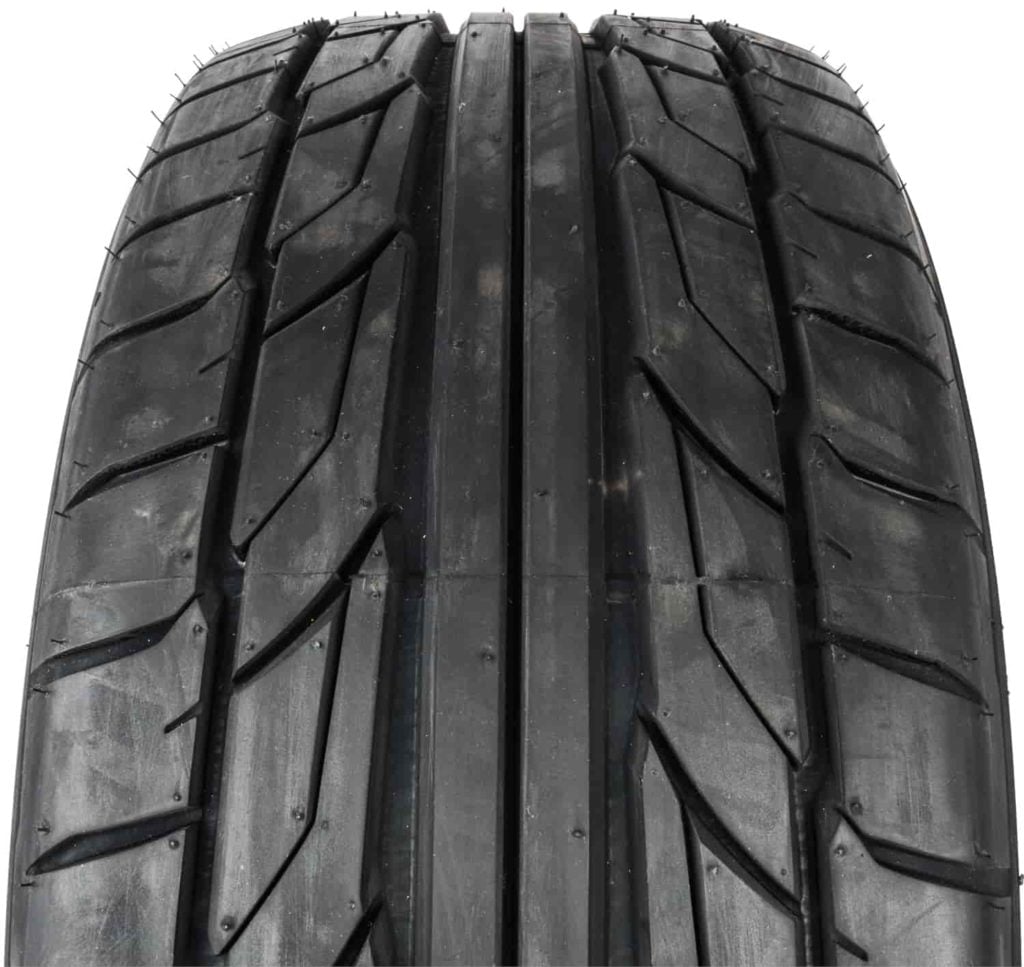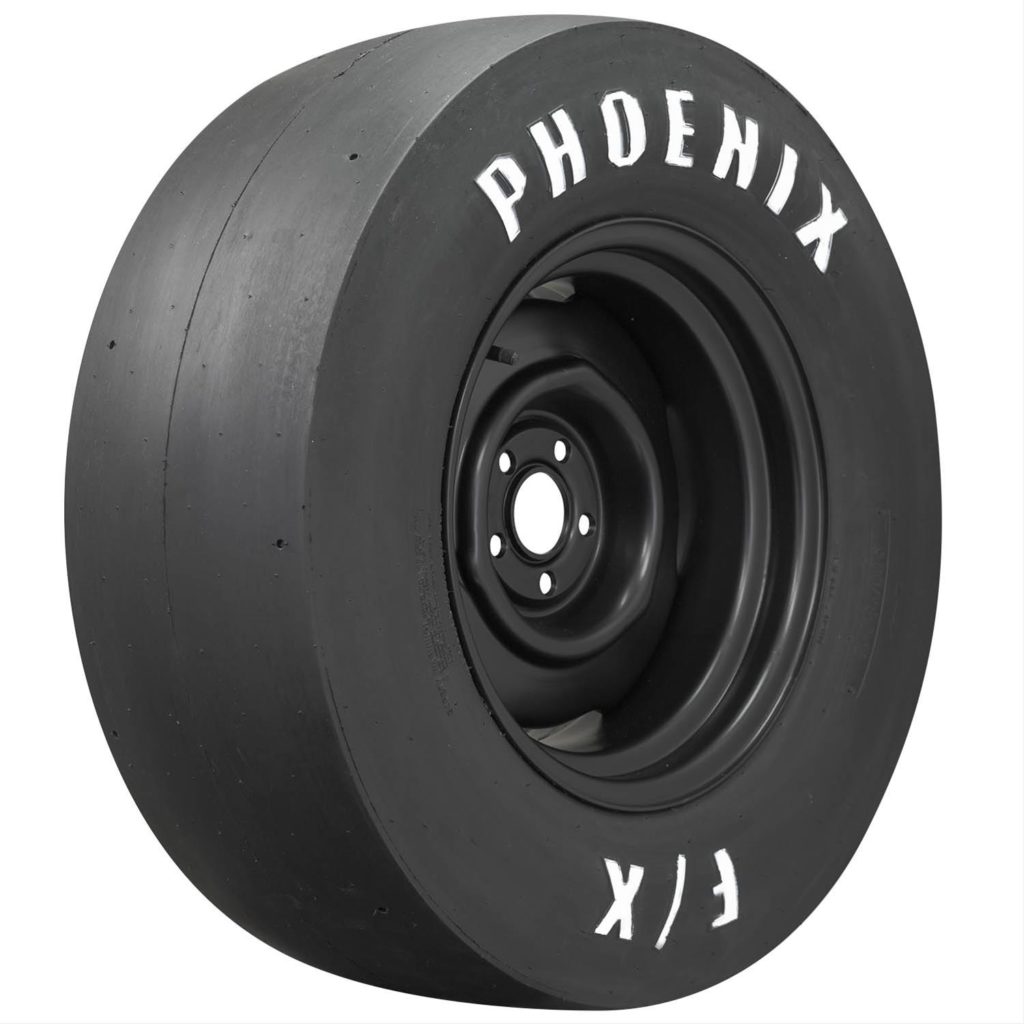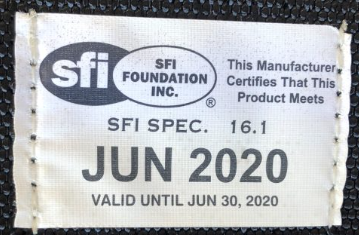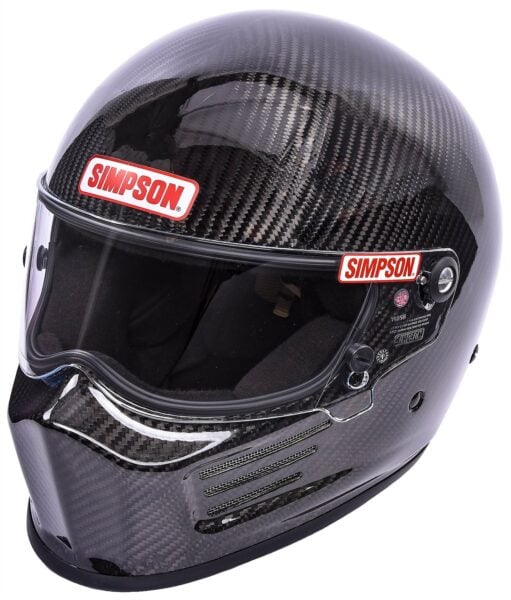

When you're heading down to the track, traction is everything, and that starts with your tires. Without the proper tires, you may experience too much wheel spin or lose traction when you're cornering. This is even more important when you're drag racing, and every second between you and the end of a quarter mile counts. The most common options you'll come across for race day are drag radials and slicks.
Each offers unique benefits depending on the race you're running. Slicks are typically better for launching and provide great traction on the pavement unless it's wet. On the other hand, drag radials are more durable and feel more stable when you reach top-end speed.
Learn more about the difference between drag radials and slicks below.
Types of Tires and Their Benefits
Several types of tires are available for track day and depending on how you drive or plan to race each option is viable. We cover some common tires you'll see at the track below.
Street Radials
Radial tires hit the streets in 1946 when the Michelin X was released, and by 1970, Ford had produced the first vehicle that came with radial tires from the factory. Radial designs quickly became popular because of their lack of rolling resistance, flexible sidewall, and softer ride. Today, radial tire design is used by manufacturers as standard OEM equipment.
A street radial is an everyday tire that you find on most vehicles. They're durable, have specialized tread patterns to handle the weather and provide good traction on the street. However, they're not the best option for racing because you trade performance for safety and comfort. That said, you can still take your car down to the track and have some fun with street radials.

Drag Radials
Radial tires have been around for a long time, but drag radials are a more recent development. Drag radials are used specifically for drag racing, but they're more flexible than bias-ply (slicks) tires. For example, you can drive your car to and from the track if it's equipped with drag radials. This is because drag radials have small treads and are typically DOT-legal.
Still, that doesn't mean these tires are safe or great for street use. They have less tread depth than traditional radial tires and feature a soft, racing compound that wears down rapidly. Drag radials should only be used at the track and in dry weather conditions.

Slicks
Slicks have been around drag racing for a long time. They hit the scene in the 1950s when Marvin & Harry Tires (M&H) developed the design. Since the 1950s, slicks have been the best tires for drag racing because of their grooveless design that provides maximum surface contact with the pavement. This is excellent for launching a car.
The slick design has also improved over the years. Today, slicks have sidewalls that twist when torque is applied. This softens the launch and protects the transmission, gearbox, and rear end when launching. Another unique benefit of slicks is that a taller gear ratio is created naturally as the tire unwraps. The taller gear ratio helps you hit higher top speeds.
These are the common tires you'll come across for racing but there may also be some other niche options if you plan on off-roading.

Drag Radials vs. Slicks
When race day is around the corner you want to know the benefits of drag radials and slicks. This will help you make an educated decision about what your vehicle needs the most. We cover some of the differences between radials and slicks in terms of performance, durability, and design.
Durability
When it comes to durability, drag radials win every time, unless you're driving on the street every day. While slicks can last you several runs on the track, they're more prone to punctures and blowouts.
Performance
Performance-wise both tires are similar. However, if you have a vehicle with a lot of horsepower and torque, you'll have an edge with slicks because the sidewall will wrinkle or twist from the power. This is a benefit because the power transfer flows more freely through the tire and improves your launch as well as preserving the transmission, rear axle, and other components.
Slicks also have more surface contact with pavement and that helps you maximize traction for launch. At lower horsepower drag radials are a suitable option and the difference in performance is negligible. The only edge that drag radials have over slicks is that they feel more stable and handle better at high speeds.
Ease of Use
Slicks are a pain to use. They're awful to drive on regular streets and might not even be legal. So, you'll have to tow your vehicle to the track if you want to race. Slicks are also more prone to damage and don't last long, so if you race often, you'll have to replace them frequently. Another drawback of slicks is that you'll need to warm them up before you race, which can be a process.
Drag radials have the edge here because they're more flexible. While you shouldn't use them for street use, at least you can drive your car to the track. Also, they're more forgiving, and you'll usually get more runs out of them.
Overall, drag radials and slicks are viable racing options. Slicks will propel you to a faster quarter-mile time in most cases, especially if you have the horsepower that requires them. On the other hand, drag radials feel safer at higher speeds and give you the flexibility to drive on the street if necessary.
Comparing Tread Patterns
Drag radials and slicks have different tread patterns that offer unique benefits depending on how you plan to hit the track. The notable difference in tread pattern is the fact that slicks don't have one. Slicks eliminate all grooves in a tire to ensure that they have the maximum amount of surface contact. This helps with performance but makes them useless in the rain.
The tread pattern on a drag radial will determine its grip, cornering ability, handling, and lifespan. So, you have to consider the different types of tread patterns and options when selecting drag radials.


Comparing Each For Race Use
Slicks and drag radials are both viable for racing but in different ways. In fact, slicks and drag radials are used in more applications than just drag racing. For example, slicks are often used in autocross events or Formula 1 racing because of the torque and horsepower made by these vehicles. Plus, slicks are great for acceleration, grip, and stopping. These are all elements of F1 racing. Therefore, you'll find slicks in more professional racing applications where high horsepower is involved.
Drag radials are also common in these racing events. However, it all comes down to the amount of horsepower a vehicle needs and the nature of the event. For example, if there is water on the road, racers might opt for a drag radial to improve traction.
Overall, a lot of race-use applications come down to preference.
General Use & Treadwear
Slicks and drag radials aren't like other types of tires. They have a reduced lifespan and don't handle as well in the rain or snow. Some slicks or drag radials might not even be street-legal. For these reasons, it's important to understand some general use and treadwear information.
Treadwear
Slicks and drag radials wear down at different rates, especially if you drive on the street. For example, slicks will rapidly wear down if you drive them on anything other than a track whereas drag radials can handle some street driving. Ultimately, you'll have to replace your tires more often if you opt for slicks.
Department of Transportation (DOT) Approval
The biggest factor to consider with general use is DOT approval. DOT-approved tires can be driven on the street, and only drag radials are usually DOT-approved. Slicks, on the other hand, are typically not legal. There are some cases where slicks might have small amounts of tread that make them street-legal. However, you should only use slicks at the track.
Need tires for your car to take on the drag strip? JEGS has what you need. Choose from popular tire brands and make sure your car hooks up off the line.





